 ASPB Ad
ASPB Ad
Entry Type: Thing
 ASPB Ad
ASPB Ad
Aspidogastreans
aka: Aspidobothrians
aka: Aspidobothreans
Atherinopsids
aka: Neotropical Silversides
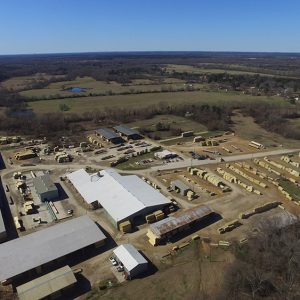 ATI Arkadelphia Wood Treatment Plant
ATI Arkadelphia Wood Treatment Plant
 ATI Malvern Plant
ATI Malvern Plant
Atkins Pickle Company
 Atkins Truck
Atkins Truck
Attorney General, Office of
Auditor, Office of
 Audubon Illustration of Western Kingbird
Audubon Illustration of Western Kingbird
August House
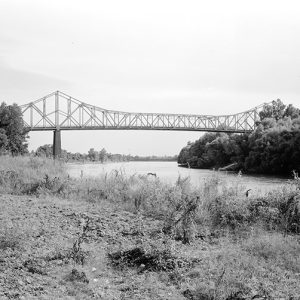 Augusta Bridge
Augusta Bridge
Augustus Garland House
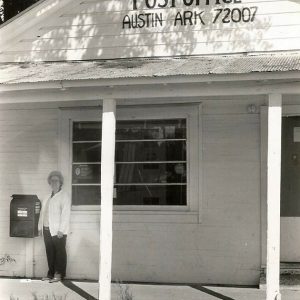 Austin Post Office
Austin Post Office
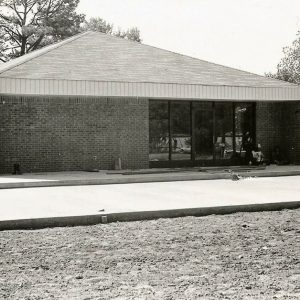 Austin Post Office
Austin Post Office
Austin v. The State
 Autumn in the Ozarks
Autumn in the Ozarks
 Autumn Trees
Autumn Trees
Aviation
 Donna Axum Concert Announcement
Donna Axum Concert Announcement
 Aydelotte School
Aydelotte School
 B-17 Memorial
B-17 Memorial
 B-58
B-58
B. M. Runyan [Steamboat]
 B&N Railway
B&N Railway
 B&N Railway Depot
B&N Railway Depot
 B&N Railway Sign
B&N Railway Sign
Baby of Arts Degree
Bachman’s Warbler
aka: Vermivora bachmanii
 Bachman's Warbler
Bachman's Warbler
Back Yonder, An Ozark Chronicle
 Back Yonder, An Ozark Chronicle
Back Yonder, An Ozark Chronicle
 Back Yonder, An Ozark Chronicle
Back Yonder, An Ozark Chronicle
 Carl Bailey Sticker
Carl Bailey Sticker
 Carl Bailey Postcard
Carl Bailey Postcard
 Bailey’s Dairy Treat
Bailey’s Dairy Treat
Baitfish Industry
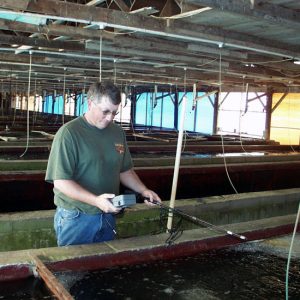 Baitfish Vat
Baitfish Vat
Baker House
 Bald Eagle
Bald Eagle
Banded Pygmy Sunfish
 Bandini Memorial
Bandini Memorial
Bank of Carthage
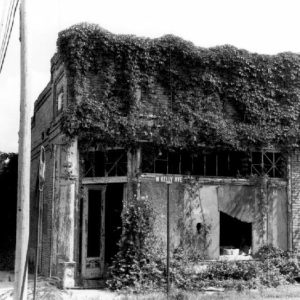 Bank of Carthage
Bank of Carthage
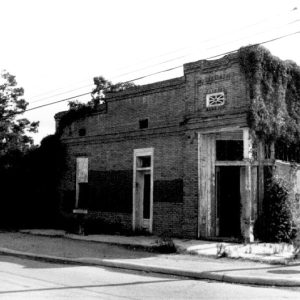 Bank of Carthage
Bank of Carthage
 Bank of Carthage
Bank of Carthage




